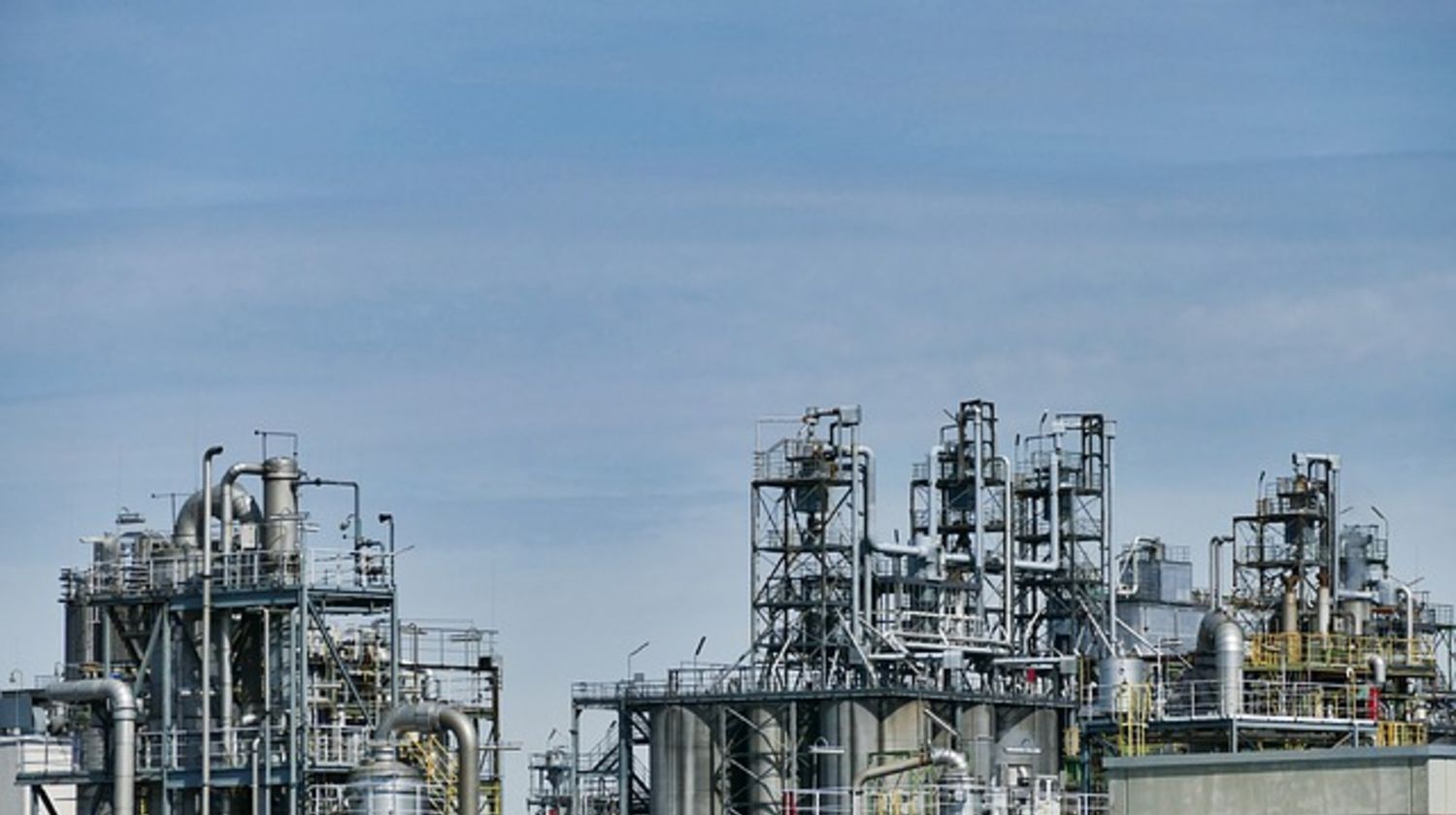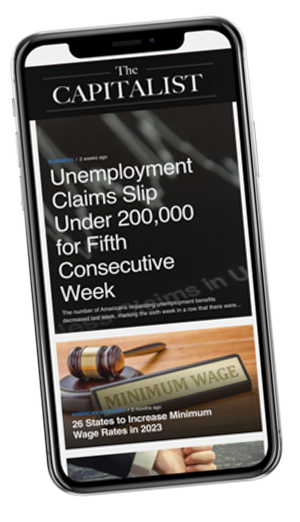Trending News
Crude futures continue extended slide, in spite of U.S. supply draw

Investing.com — Crude futures pared earlier gains on Wednesday reversing territory in U.S. afternoon trading, amid an expected draw in U.S. stockpiles last week along with continuing gains in Saudi Arabian supply.
On the New York Mercantile Exchange, WTI crude for September delivery wavered between $44.85 and $46.69 on a choppy day of trading, before closing near session-lows at $45.03, down 0.71 or 1.54% for the day. Earlier this week, Texas Long Sweet futures plunged 4% in Monday's session to around $45 a barrel – dipping to its lowest level since mid-March. Over the last month, futures have fallen sharply by more than 20%.
On the Intercontinental Exchange (ICE), brent crude for September delivery traded between $49.03 and $50.98 a barrel, before settling at $49.49, down 0.50 or 1.00%. The spread between the international and U.S. benchmarks of crude stood at $4.46, up from Tuesday's level of $4.25 at the close.
In its Weekly Petroleum Status Report released on Wednesday, the U.S. Energy Information Administration (EIA) said U.S. crude inventories decreased by 4.4 million barrels for the week ending on July 31, extending a mild draw from a week earlier. At 455.3 million barrels, U.S. crude oil inventories remain near levels not seen for this time of year in at least the last 80 years. Total motor gasoline inventories, meanwhile, increased by 0.8 million barrels for the week to remain near the middle of the average range.
As the summer driving season nears its conclusion, refineries operated at 96.1% of their operable capacity last week as gasoline production increased last week to an average of 10.0 million barrels per day. U.S. crude futures extended gains from earlier in the morning session immediately after the release, before falling sharply soon after as investors locked into profits.
Energy traders also reacted to the latest build in Saudi Arabian oil, as the kingdom ramped up crude output in July by 70,000 to 10.57 bpd. If Saudi Arabia continues to increase output at its current level, analysts from Citigroup (NYSE:) believe the Gulf state could produce an average of 11 million bpd for the second half of 2015.
In addition, Saudi Aramco, the nation's state-owned energy company, announced that it is raising the official selling price for its Arab Light crude to Asia at a premium of 0.40 a barrel above the average price. The move comes as Asian refiners face heavy pressure to increase profit margins, amid increased competition in the crude markets throughout the continent.
Elsewhere, U.S. president Barack Obama continued his push for a long-term nuclear accord with Iran during a defiant speech at American University in Washington. Drawing parallels with a speech former U.S. president John F. Kennedy delivered on nuclear disarmament in 1963 on the same campus, Obama described the deal as the “most consequential foreign policy debate” for the U.S. since the Iraqi War 12 years ago. Iran reportedly holds 30 million barrels of crude oil in reserves ready for export in the first few months after a deal is finalized.
Any deal is viewed as bearish for crude, as an outflow of Iranian oil could depress prices in a global market already saturated by a glut of oversupply.
The , which measures the strength of the greenback against a basket of six other major currencies, jumped to an intraday high of 98.33 shortly after the release – its highest level since April 23. In U.S. afternoon trading, the index fell back considerably to 97.99, down 0.05% on the session.
Dollar-denominated commodities such as crude become more expensive for foreign purchasers when the dollar appreciates.
Disclaimer: Fusion Media would like to remind you that the data contained in this website is not necessarily real-time nor accurate. All CFDs (stocks, indexes, futures) and Forex prices are not provided by exchanges but rather by market makers, and so prices may not be accurate and may differ from the actual market price, meaning prices are indicative and not appropriate for trading purposes. Therefore Fusion Media doesn`t bear any responsibility for any trading losses you might incur as a result of using this data .
Fusion Media or anyone involved with Fusion Media will not accept any liability for loss or damage as a result of reliance on the information including data, quotes, charts and buy/sell signals contained within this website. Please be fully informed regarding the risks and costs associated with trading the financial markets, it is one of the riskiest investment forms possible.



